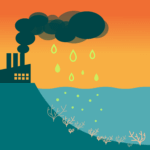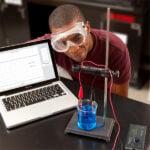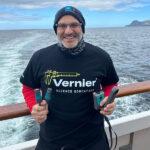
Sharing ideas and inspiration for engagement, inclusion, and excellence in STEM
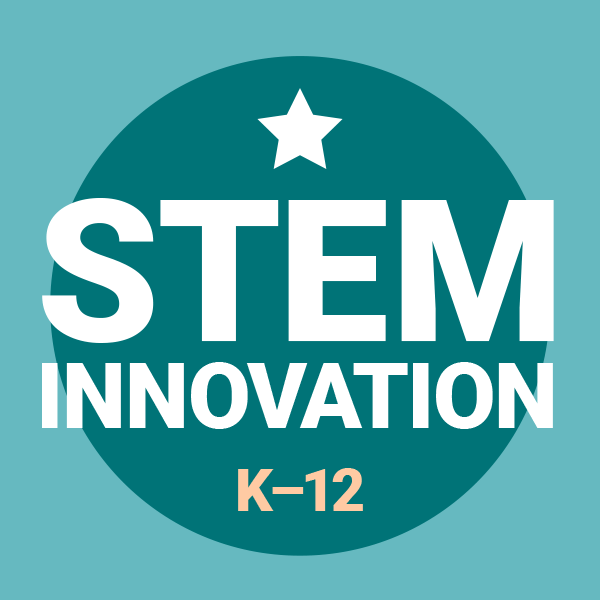
Note: A version of this story was originally posted on the Vernier website in June 2019.
For more than a decade, Anne Marie Lavelle taught science at St. Edward High School, an all-boys private school in Lakewood, Ohio.
St. Edward High School is a mile and a half from Lake Erie; when environmental science was integrated into the curriculum, Lavelle knew she wanted to design a program that would teach her students more about the nearby Great Lake.
While developing and modifying the curriculum, Lavelle decided to make the environmental science course the stepping stone for creating the first recycling and sustainability program at St. Edward High School.
“I also wanted to use this course to provide my students with the opportunity to become real in-the-field scientists who investigate and understand the environmental impact of pollution on freshwater ecosystems,” she said.
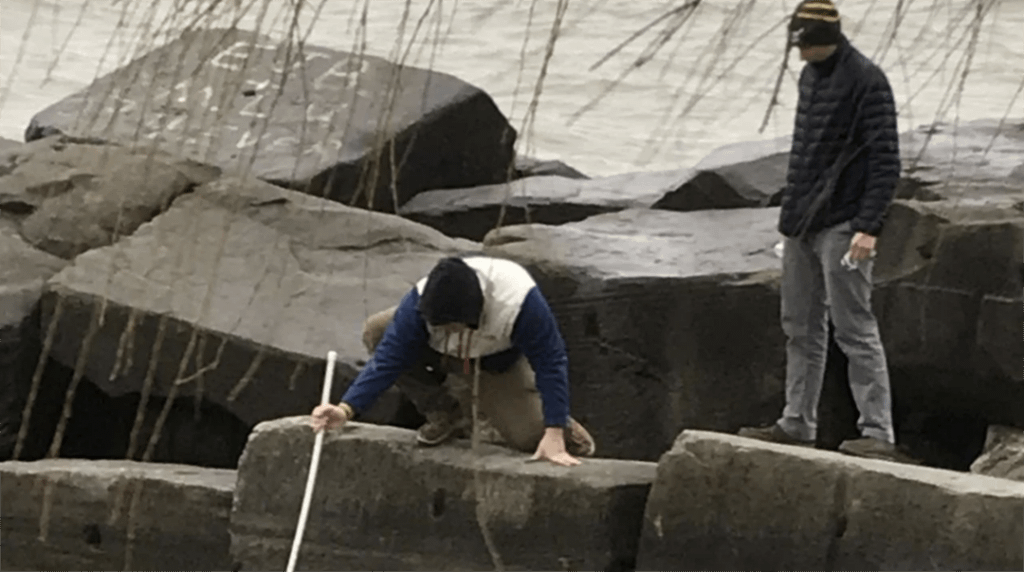
In 2018–19, a small group of senior students looked for microplastics in Lake Erie and collected water quality data using Vernier sensors. The Go Direct® Temperature Probe, Go Direct pH Sensor, and Go Direct Conductivity Probe were all staples in these investigations as students honed in on temperature and pH data, according to Lavelle, and additional data were collected later at the same site so students could see changes over time.
“Even after analyzing this initial data, students began to really learn what microplastics mean for ecology and what they mean for individuals when it comes to drinking water, as these plastics can’t be filtered out—this has been eye-opening,” she said.
As an extended part of their water quality analysis, students used the Go Direct Optical Dissolved Oxygen Probe, Vernier Turbidity Sensor, and Go Direct Nitrate Ion-Selective Electrode to investigate the effects of toxic algae blooms on Lake Erie.
“With Go Direct in particular, I like that the technology can be used with the devices students are on the most: their smartphones,” Lavelle said. “In our initial water quality investigations, it’s been exciting to see students so intuitively use their phones alongside the probeware for scientific learning.”
“Having worked for the Environmental Protection Agency prior to beginning my teaching career, I know just how invaluable the use of sensors and technology are for all the analyses to take place,” she continued. “Now, my students are getting to experience that more and more.”
Share this Article

Sign up for our newsletter
Stay in the loop! Beyond Measure delivers monthly updates on the latest news, ideas, and STEM resources from Vernier.

